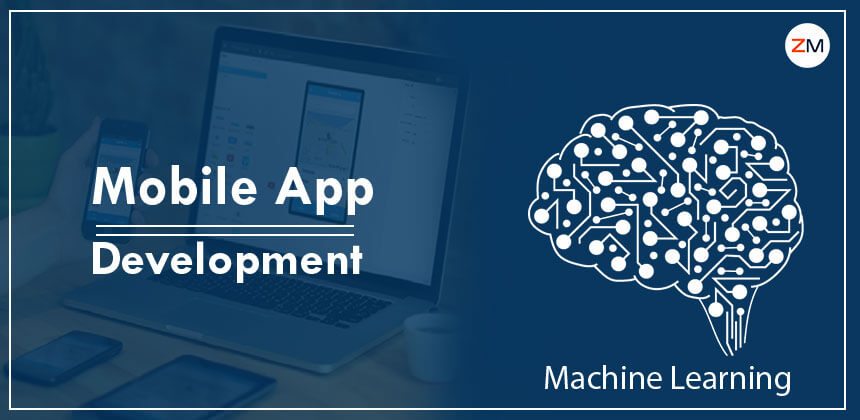Our Scalable Architecture for a Multi-Tenant SaaS CRM
Building a SaaS CRM that scales from 10 users to 10,000 tenants isn’t about luck — it’s about the right architecture. In this blog, we take you behind the scenes of how we design and engineer multi-tenant SaaS platforms that are secure, fast, and built to grow.
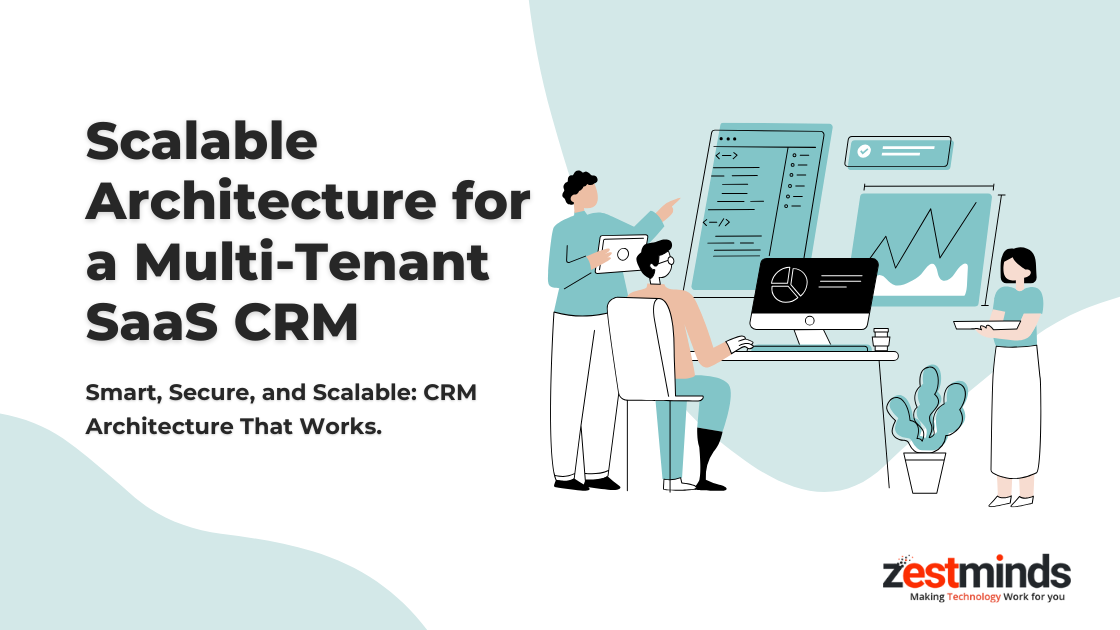
Why This Matters More Than Ever
SaaS CRMs have become the lifeline for businesses trying to manage leads, sales, and customers — all from one place. But as your user base grows, things can fall apart fast without the right architecture.
That's where multi-tenancy comes in.
Think of it like this: One apartment building (your SaaS app), many tenants (your customers), and everyone needs:
- Their own keys
- Their own space
- And complete security
Whether you're a startup founder, CTO, or product lead, building a scalable, secure, and future-ready CRM isn't a luxury — it's survival.
How We Think Before Writing a Single Line of Code
Before we architect anything, we start with a few foundational questions:
- How many businesses will use this CRM?
- Will their data ever need to be isolated for compliance (like GDPR)?
- Do tenants want custom dashboards, branding, or email templates?
- What happens when we grow 10x — can this structure hold?
Pro Tip: Always plan for multi-tenancy from Day 1. Retrofitting it later = pain, cost, and chaos.
Our Scalable CRM Architecture — Behind the Scenes

Our Tech Stack (And Why We Use It)
- Backend: FastAPI (Python) — lightning fast and async-ready
- Database: PostgreSQL — ideal for row-level security or schema isolation
- Frontend: React + Tailwind — component-driven UI with theming support
- Queue Management: Celery for async jobs
- Caching: Redis — speed + less DB load
- Containerization: Docker + Kubernetes — scale with traffic
- CI/CD: GitHub Actions → Docker Registry → Kubernetes deploy
- Monitoring: Prometheus + Grafana
Tenant Isolation Models We Use
We typically decide between two proven approaches:
| Method | Pros | Cons |
|---|---|---|
| Row-Level Security | Simple to manage, low infra | Needs strict query control |
| Schema per Tenant | Strong isolation, easy compliance | Higher infra cost & complexity |
For most mid-sized SaaS CRMs, Row-Level Security in PostgreSQL is our go-to. It gives a good balance of security, simplicity, and cost.
Securing Tenants Without Sacrificing Experience
- JWT token-based access per tenant
- RBAC (Role-based access control)
- API throttling per tenant
- Audit logs for every critical action
- GDPR & SOC2 checklists baked into dev process
Pro Tip: Compliance isn't a patch. It should be in your architecture DNA.
DevOps: Scaling From One to One Million
Our architecture allows plug-and-play scalability using:
- Horizontal pod autoscaling (Kubernetes)
- Resource quotas per tenant (avoid noisy neighbors)
- Canary deployments for safe updates
- Real-time alerts on tenant activity spikes
Case Study: The Easy Marketing App
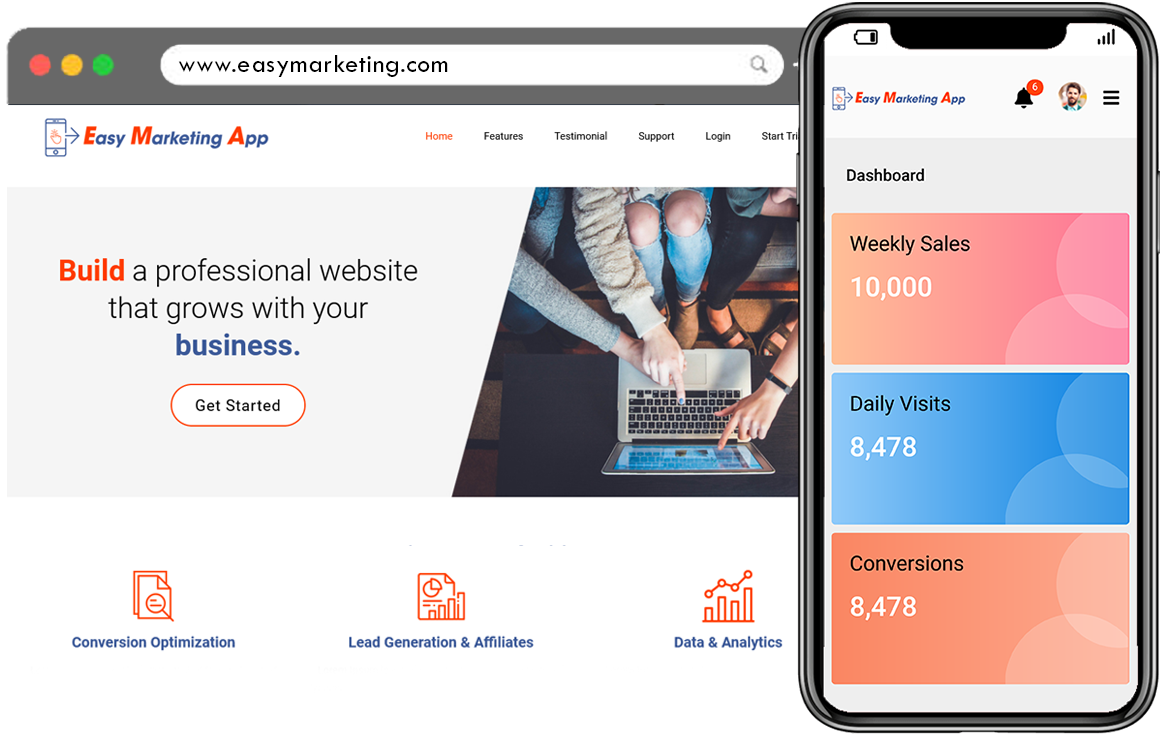
This multi-tenant marketing app we built is a perfect example of real-world scalability. Here's how it performed:
| Feature | Impact |
|---|---|
| Instant website builder | 10x faster onboarding |
| Real-time analytics | Tracked 100K+ visits/month |
| Email campaign tool | Saved 70% cost vs 3rd-party tools |
| Template engine | Allowed 100% self-service site launch |
During COVID-19, the app helped businesses go online without any developer help — a true win for scale, simplicity, and cost.
5 Mistakes to Avoid in Multi-Tenant CRM Builds
- Starting with single-tenant then pivoting
- Not planning auth isolation
- Over-customizing per tenant (you'll regret it at scale)
- Hard-coding tenant logic in controllers
- No monitoring or per-tenant usage tracking
When Should You Consider Multi-Tenant Architecture?
- You serve >10 clients and plan to scale
- Clients want role-based dashboards
- You expect compliance audits (GDPR, HIPAA)
- You want each tenant's usage to scale independently
Want Us to Architect Your CRM the Smart Way?
We've built CRMs for marketing apps, ride-sharing systems, legal tools, and enterprise dashboards. If you're serious about building a scalable SaaS product…
Let's talk. Schedule a free architecture session.
Frequently Asked Questions
What is multi-tenant CRM architecture?
It's a CRM system where multiple businesses (tenants) can use the same software instance while keeping their data isolated and secure.
Is multi-tenancy more secure than single-tenancy?
Yes and no. It can be more secure if done right (with RBAC, row-level security, encrypted data). But poor multi-tenancy = disaster.
How do you isolate tenant data in your CRMs?
We use PostgreSQL with row-level security, sometimes separate schemas. API logic always enforces tenant scoping.
Can a multi-tenant app support thousands of users?
Absolutely. That's the whole point. With Kubernetes and horizontal scaling, we can handle millions of requests — per tenant.
Do you offer CRM development services?
Yes! Custom-built CRMs are our bread and butter. From zero to full-scale SaaS — we handle backend, frontend, DevOps, and compliance.

Shivam Sharma
About the Author
With over 13 years of experience in software development, I am the Founder, Director, and CTO of Zestminds, an IT agency specializing in custom software solutions, AI innovation, and digital transformation. I lead a team of skilled engineers, helping businesses streamline processes, optimize performance, and achieve growth through scalable web and mobile applications, AI integration, and automation.
Stay Ahead with Expert Insights & Trends
Explore industry trends, expert analysis, and actionable strategies to drive success in AI, software development, and digital transformation.
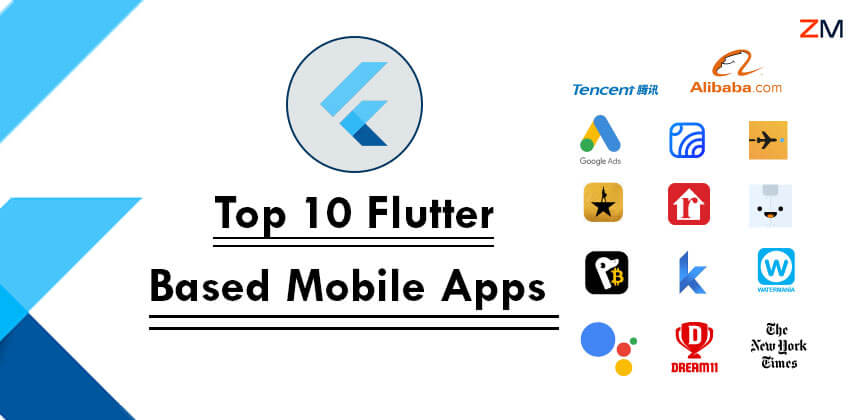
June 28, 2022
Top 10 Amazing Apps Built With Flutter Framework
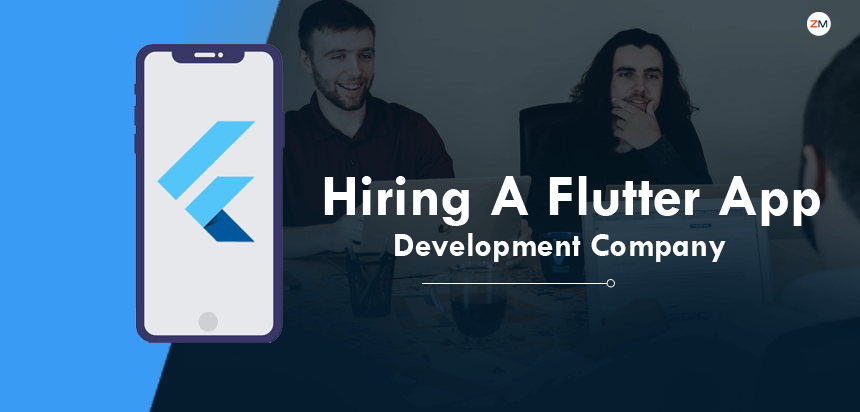
December 22, 2020
6 Things You Should Know Before Hiring A Flutter App Development Company
Stay Ahead with Expert Insights & Trends
Explore industry trends, expert analysis, and actionable strategies to drive success in AI, software development, and digital transformation.

June 28, 2022
Top 10 Amazing Apps Built With Flutter Framework

December 22, 2020
